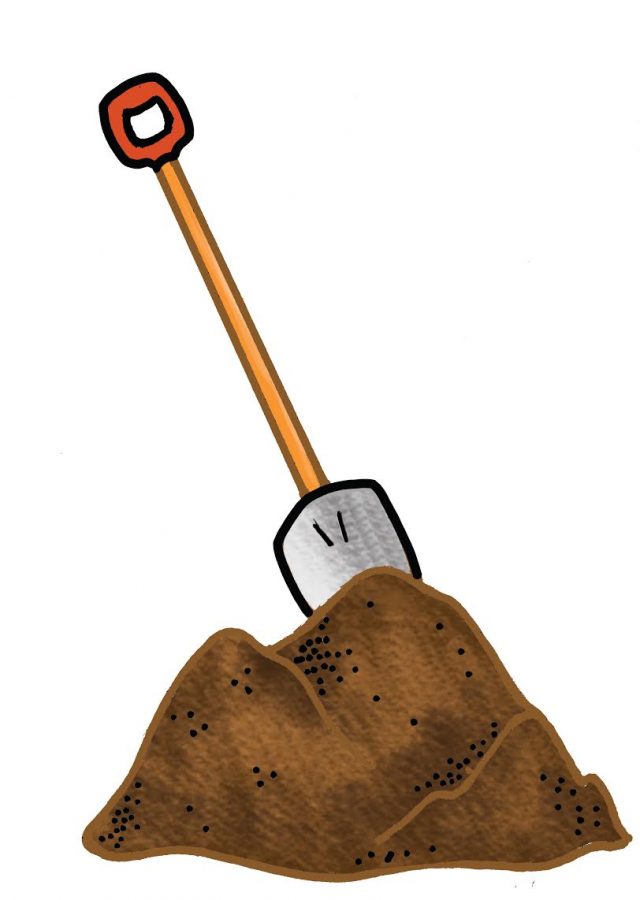South Side residents give input on presidential library
South Side residents give input on presidential library
January 30, 2017
Hours before President Donald Trump was sworn into office Jan. 20, Barack and Michelle Obama asked for community input in developing the new Obama Presidential Center in a video released by the Obama Foundation.
The center, to be built in Jackson Park on Chicago’s South Side, will not just be a museum and a library but a “living, working center for citizenship,” Barack Obama said in the video.
Before construction begins, Ald. Leslie Hairston (5th Ward) said she will lead an advisory board through the beginning stages of community involvement in the center, identifying ways the center can create jobs for neighborhood residents.
The meetings are open to the public and will be on the fourth Tuesday of every month at various locations listed on her website, she said. The next meeting will be Feb. 28 at St. Philip Neri Church.
“[The center] should be a catalyst for economic development and stabilization of communities that have been hit hard by the economy; that have been neglected by the city in investment, infrastructure and disinvestment in our schools and the community,” Hairston said.
South Side resident Deborah Davis, who was raised in Hyde Park, said she identifies in many ways with the former president’s roots. Her parents both worked full-time jobs, and she looked to her school for mentors, who she said taught her how to be a better person.
Davis said she is now a single parent and understands how difficult it is to raise a child alone. Noting there are many other single mothers in the South Side, she said her vision for the Obama center is providing resources and mentors for those children.
“If they have mentors to help their kids, they will stay out of the streets,” she said. “[Children] really need to keep busy, and they need people that will be behind them to help them succeed in whatever they want to do.”
Davis, who works in the Department of Reproductive Medicine at the University of Chicago, said if the center is focused on children, it will extend their hope, build up their self-esteem and ultimately curb violence on the streets.
Jawanza Malone, executive director of Kenwood-Oakland Community Organization, a South Side grassroots democracy organization said focus groups made up of hundreds of locals, along with other South Side organizations, already came together over the summer and drafted a document for the Obama Foundation called the Obama South Side Community Benefits Agreement Coalition.
The document collects community members’ ideas to assure that the presidential center has a lasting impact on South Side neighborhoods and will give residents what they need to promote economic development, Malone said.
“This one major development is a collateral benefit, [and it is] necessary to make sure the people who live there now are able to remain in the area,” Malone said.
The document has a section that recommends free programs for Chicago Public Schools students—specifically tutoring—a housing component that guarantees emergency rental assistance, new low-income housing for residents near the library and a request that the Obama Foundation establish a “green infrastructure master plan” with a focus on increasing, updating and maintaining maximum “green space.”
Malone said the foundation has yet to commit to the community members’ coalition terms.
“What [the Obama Foundation does] brings [to Chicago] is an understanding of the community that is surrounding the location and the needs of the community, so I think they are going to try to fill that void,” Hairston said.








